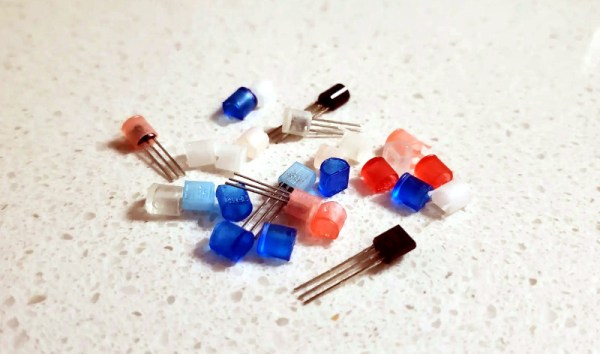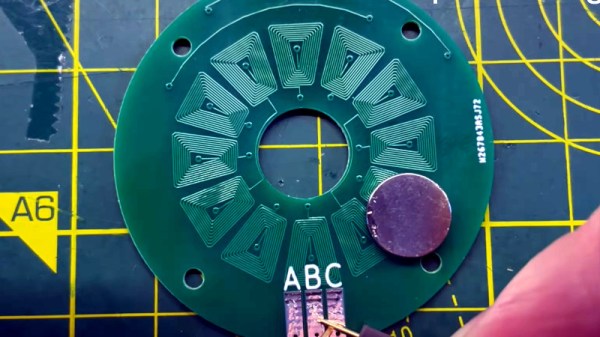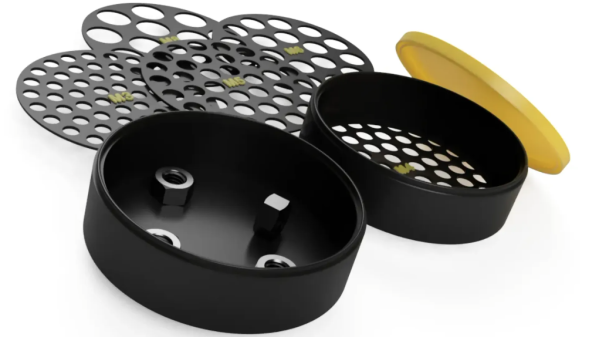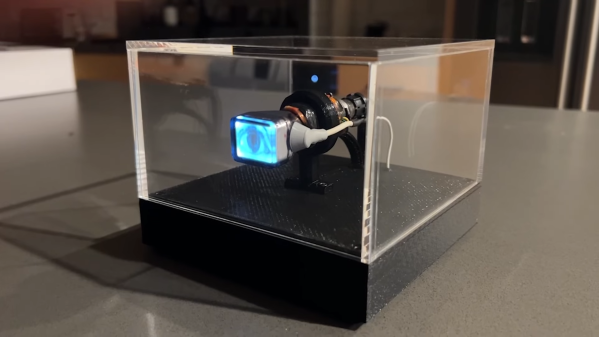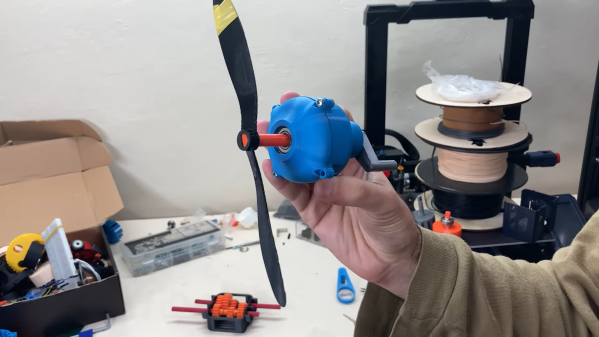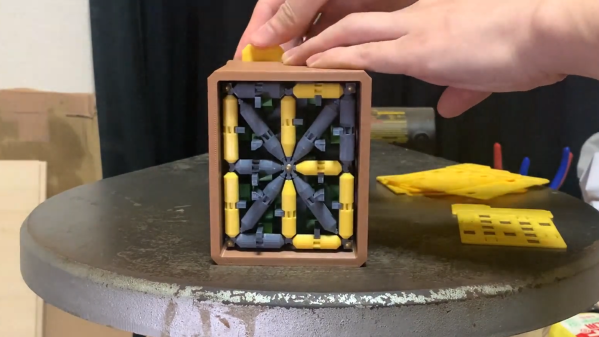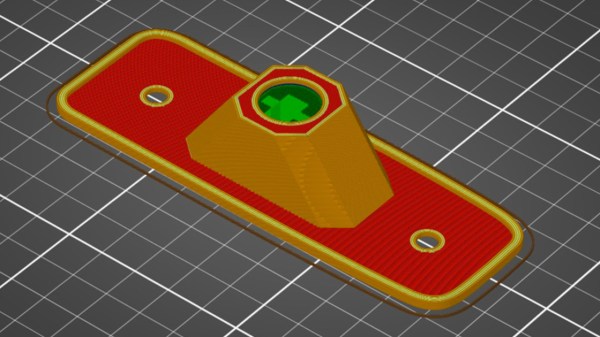As through-hole components are supplanted by their surface-mount equivalents, we’re beginning to see the departure of once-common component form factors. Many such as the metal can transistors became rare years ago, while others still hang on albeit in fewer and fewer places. One of these is the once-ubiquitous TO92 moulded plastic transistor, which we don’t see very much of at all in 2022. [Sam Ettinger] is a fan of the D-shaped plastic blobs, and has gone as far as to recreate them for a new generation to enjoy.
Though a TO92 was a relatively miniature package in its day, it’s still large enough to easily fit a SOT23 or similar SMD packaged device on a small PCB. So the tiny board with just enough space for the part and the three wires was fabricated, ready for encapsulating. Epoxy moulding a TO92 gave very poor results, so instead an SLA print of a T092 shell was made. It fits neatly over the PCB, producing a perfect TO92 package. We’re sure a translucent pink package would have raised a few eyebrows back in the 1960s though.
There will come a time when restorers of old electronics will use and refine this technique to replace dead components. We’ve seen the technique before, after all.

